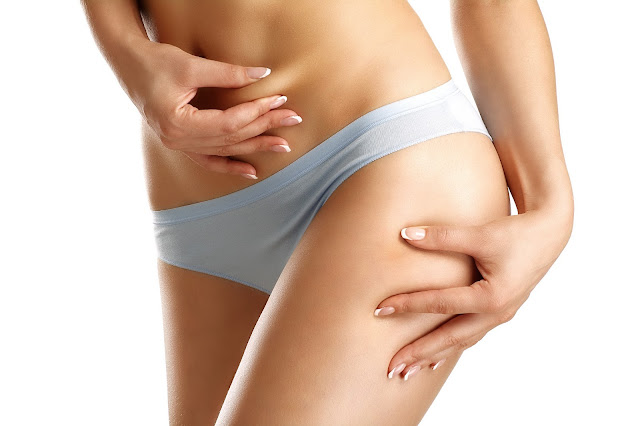There are now various ways to correct vision problems, LASIK being one of the most popular. LASIK, also known as in situ keratomileusis, is an eye surgery that uses laser to reshape the cornea under the corneal flap. Some of the vision problems that it can correct are astigmatism, nearsightedness, and farsightedness. It is also known to correct refractive errors, minimize or totally eradicate the need for glasses or contact lenses, and improve a person's overall vision. It was believed to have been developed around 1991 by the Greek Ioannis Pallikaris.
 |
| google images |
In order to perform a LASIK surgery, a specially trained eye surgeon is needed. Like Dr. Marc Tay. Dr Tay comes with a wealth of experience having worked at the Eye Department of the Singapore General Hospital, the Tan Tock Seng Hospital, the Toa Payoh Hospital and the Singapore National Eye Centre. He was a member of the Founding Group of Refractive Laser Surgeons when LASIK was first introduced at the Singapore National Eye Centre.
The process starts by the surgeon creating a flap in the cornea using a microkeratome. The surgeon then pulls back the flap and uses the laser to reshape the cornea in the corneal tissue underneath. The reshaping of the cornea varies depending on the need of the patients. The corneal flap is positioned back to its place, no sutures needed. Surgery usually just lasts for 10 minutes, more or less.
After the surgery, the doctor will prescribe eye drops in order to prevent inflammation and infection. The eyes can also get very dry at this time, so the drops are necessary to keep it moist. The drops might cause a blurry or burning sensation in the eyes, but it will be gone immediately. Never ever use eye drops that are not prescribed by a professional eye doctor. After the LASIK surgery, there will be a few more trips back to the doctor for follow up checkups.
Included in the advantages of going through LASIK surgery are the following—it works and the improvements can be noticed right away, enhancements can be done to increase the improvement, the surgery is almost painless because of the numbing drops, there are no bandages or sutures, and there are even a lot of cases wherein the need for glasses or contact lenses among patients are totally eliminated or significantly reduced.

















